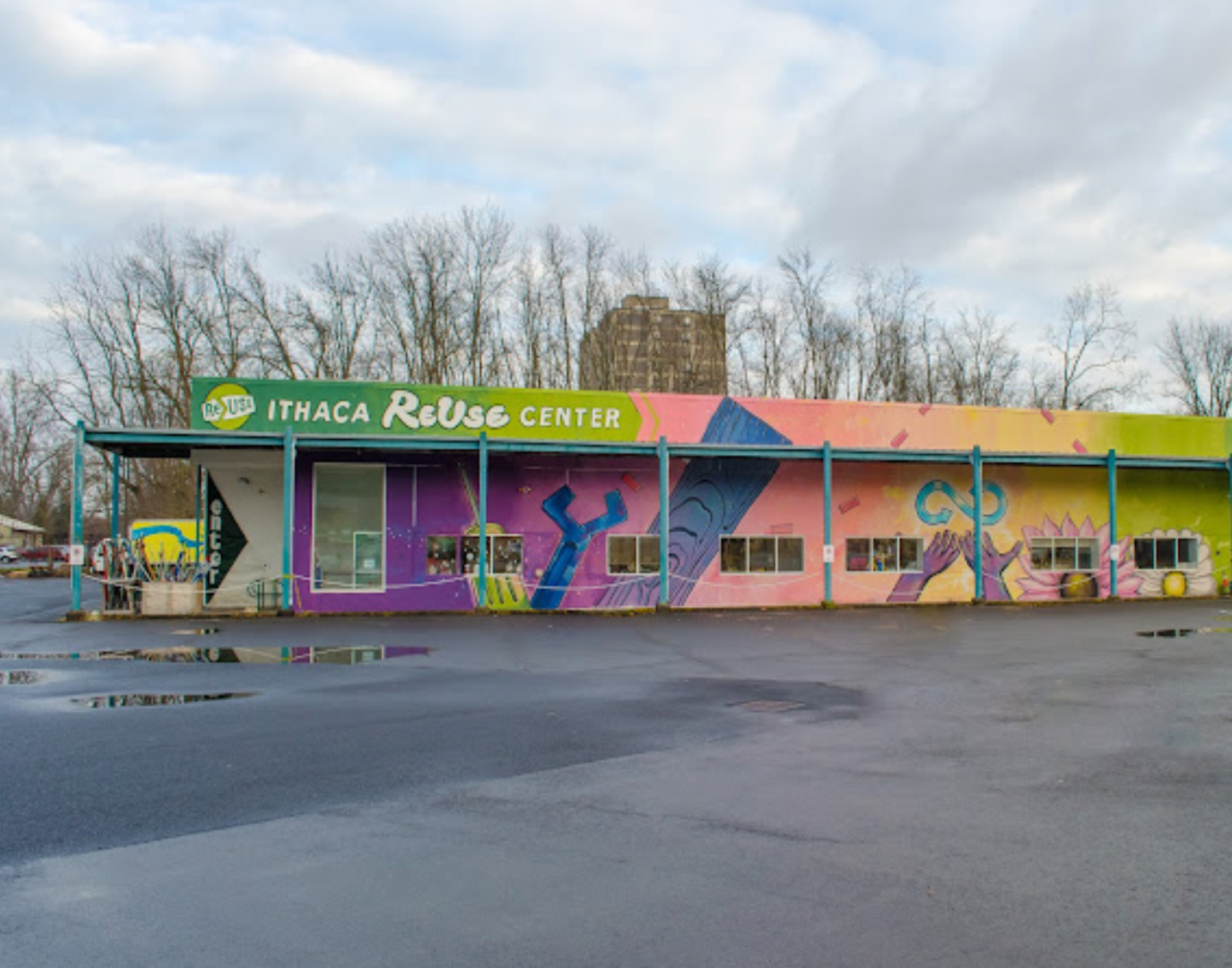Building (for) Reuse
Spring 2025 - M.Arch. Studio IV - with Margaret Kirk

The construction industry is the biggest consumer of energy and resources, as well as the biggest producer of emissions and waste. Buildings and construction together account for about 50% of resource extraction, at least 40% of carbon dioxide emissions and 40% of solid waste production globally. Within the USA alone, 600 million tons of construction and demolition debris (CDD) are generated each year (twice the amount of municipal solid waste), making up about 40% of landfill waste in the country. All these factors are dominant reasons for climate change and we – as (future) architects – play a significant role in shaping the future of our planet.
To overcome the social, economic, and environmental problems of the current linear economic system, the concept of the circular economy is increasingly gaining attention, defined as one that is ‘restorative and regenerative by design and aims to keep assets, components, and materials at their highest utility and value at all times.’ The consequent closing of production and consumption loops offers not only the possibility to end the loss of valuable finite resources, but also to reduce dependencies on global, volatile resource markets, prevent greenhouse gas emissions, mitigate the effects of the climate crisis, and support new business models and green job opportunities.
In parts, the industry shows clear signs of a fundamental rethinking, driven by new carbon regulations, a new sensitivity of both client and architect and improved and more readily available tools and technologies. In late 2022, the AIA reported that renovation and retrofit projects for the first time accounted for more than 50% of total billings in the country. Locally, on June 5th 2019, the City of Ithaca’s Common Council unanimously adopted the Ithaca Green New Deal, the nation’s most progressive policy on climate-change, economic inequality and racial justice aiming for community-wide carbon-neutrality by 2030. Sub-goals of the Ithaca Green New Deal include 100% renewable electricity for all city government operations by 2025, a 50% emissions reduction from the city vehicle fleet by 2025, the promise to share these benefits among all local communities to reduce historical social and economic inequities and the facilitation of a comprehensive public engagement process. As part of the process, the city already adapted a new and rigorous Green Building Code (Energy Supplement Code) for new buildings in 2019 and is currently developing a similar code for existing buildings. In 2022, Ithaca also announced public-private partnerships to decarbonize all 6000 residential and commercial buildings in the city by 2030. The plans include the complete electrification of all buildings and appliances within the next 7 years, the installation of heat pumps across all structures as well as retrofitting scenarios to reduce electricity loads and increase insulation values across the whole city. The plans further outline financing models that allow the implementation of these changes at no or low costs for building owners across the city.
Building (for) Reuse operates within this framework, developing a carbon-neutral adaptive reuse project at the site of the current Ithaca ReUse Center in downtown Ithaca. Our community stakeholder, Finger Lakes ReUse (FLR) is a non-profit community-based social enterprise with a mission to enhance the community, economy, and environment through reuse. FLR operates two popular Community ReUse Centers (the Ithaca ReUse Center and the ReUse MegaCenter) that resell housewares, electronics, building materials, lighting, furniture, clothing, and shoes and support a series of services that underscore its commitment to affordable, quality community-based reuse opportunities.





